Hello, I'm new here and need your help. I have given what you might view as too much detail, but I've seen you try to answer questions such as "I want to rewire my ________, so what do I need?" and don't want to fall off into that barrel.
I am running underground (in conduit 18" deep) electrical service to a metal tractor shed - length of run = 172' from the 200 AMP main breaker box in the house to a smaller, maybe 100 AMP (1 of my questions) main breaker subpanel in the shed. I am setting up to power a 50 AMP RV trailer just outside this shed, a couple of small fluorescent light circuits and 3-4 20 AMP outlet circuits (largest appliance is a small 12 AMP pancake compressor).
I currently use a 30 AMP trailer but I don't want to redo all this when I step up to a 50 AMP trailer. To quote http://www.dasplace.net/RVWiring/wiring.html: "In the case of most 50 AMP RV's, 250 volts is still supplied to the coach just like your home electrical service but typically one side of the line is used for all the 125 volt appliances except the rear AC and the other side is used for the rear AC only." This feature on 50 AMP RV trailers has been considered to different ends by 3 different people with recommendations for 2 AWG, 4 AWG and even 6 AWG conductors from house to shed with a mix of "3 equal sized conductors for HOT, HOT, NEUTRAL" to "2 equal size for HOT, HOT and a much smaller for NEUTRAL". My understanding is that, since the trailer will not have any 240V appliances to "balance" the alternating current on the HOTs, an equal size NEUTRAL must be used for most frequent use of one HOT leg and the occasional use of the second HOT leg to operate the 2nd A/C unit.
Before I ask my questions, I'll point out that I live in the country and can't get anyone to care what I do out here... not the closest city, not the county, not any permit-issuing entity, not any inspection department.
1. What size conductors do you recommend for these three underground runs? I already bought 2 runs of 4 AWG stranded CU wire for the two HOTs based on my first recommendation before I got nervous about the light NEUTRAL wire this person recommended. The code on these runs is 'ENCORE WIRE CORP 4 AWG (21.2mm2) TYPE MTW OR THHN OR THWN-2 OR GR II SUN-RES VW-1 600V (UL) OR AWM OR C(UL) TYPE T90 NYLON OR TWN 75 FTI 30/AUG/11'. If they won't work, I'll attempt to trade them for what will.
2. My plan is to use a 100 AMP breaker in my indoor house panel to service the inside-the-shed panel with 1-2 breakers for lights, 3-4 20 AMP breakers for outlet circuits and a 50 AMP breaker to power the 50 AMP RV receptacle on a 20' run from the shed panel. What size wire would you recommend for the 20' run inside the shed from the subpanel in the shed to the 50 AMP RV plug (which is an outdoor plug and will be mounted outside to service the trailer nearby)? BTW, I have a 'dog bone' adapter to reduce the 14-50R 50 AMP receptacle to 30 AMPS for the current trailer.
3. What size panel do you recommend for a subpanel inside the metal tractor shed to hold breakers for the RV trailer and the lights and outlets? I am looking at a 12-Circuit 12-Space 100 AMP Main Breaker Load Center, but I have a 250 AMP panel left over from a temp. power pole from when we built the house so I could save that $$$, but it's overkill and its guts are upside down... plus the 250 AMP breaker would not provide protection - merely an OFF switch.
4. I plan to ground the subpanel in the shed instead of running a GROUND from the house. I will separate (unbond) the GROUND bar from the NEUTRAL bar in this panel. The shed is made of 2" square tubing resting on gravel with 14 3' rebar "spikes" driven through the base plate tubes into the ground. Is that sufficient for my panel ground or should I drive down an 8' copper clad bar?
Well, I'm tired of thinking and typing so here's my commendation for any of you who read past my first question.
Thanks in advance for your time and attention.
Dan

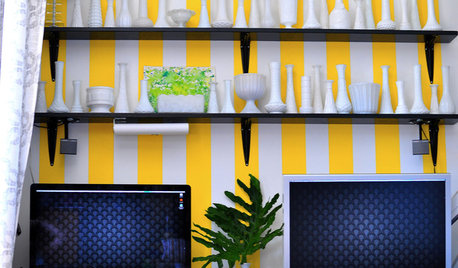
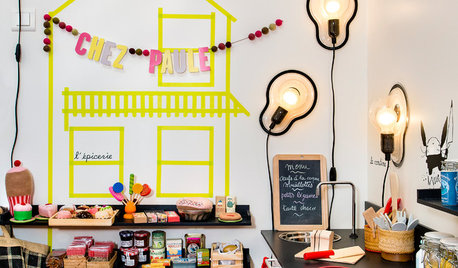

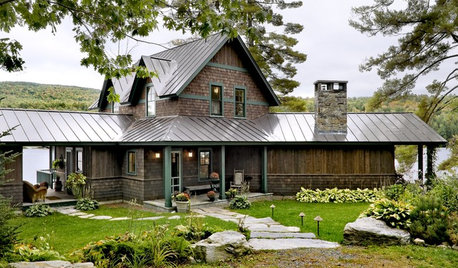
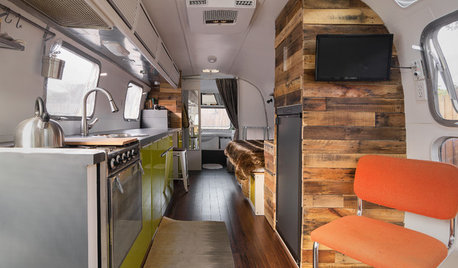
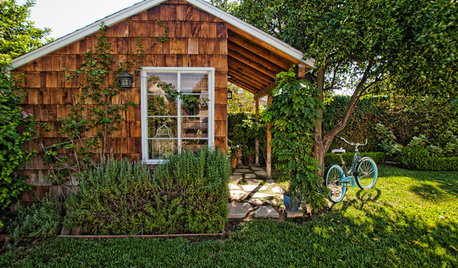
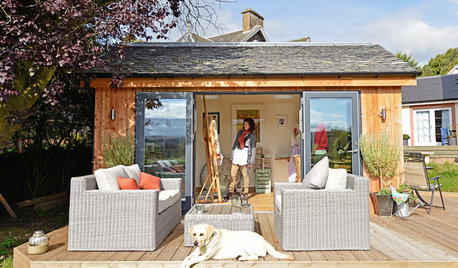
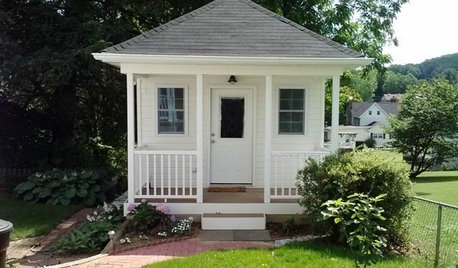
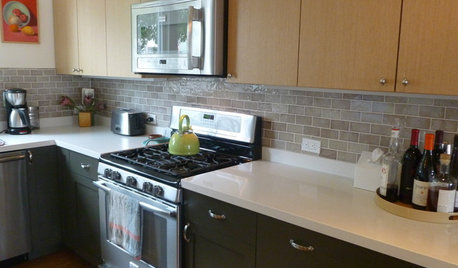






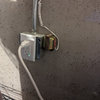

Ron Natalie
groundrod
Related Professionals
Abington General Contractors · Leavenworth General Contractors · Mount Vernon General Contractors · Panama City General Contractors · Post Falls General Contractors · Sheboygan General Contractors · Warren General Contractors · Carson Solar Energy Systems · Compton Solar Energy Systems · Pinellas Park Solar Energy Systems · Waltham Solar Energy Systems · Evanston Home Automation & Home Media · Plantation Home Automation & Home Media · West Chester Home Automation & Home Media · Wilmington Home Automation & Home MediaOld.DanOriginal Author
Ron Natalie
Old.DanOriginal Author
groundrod